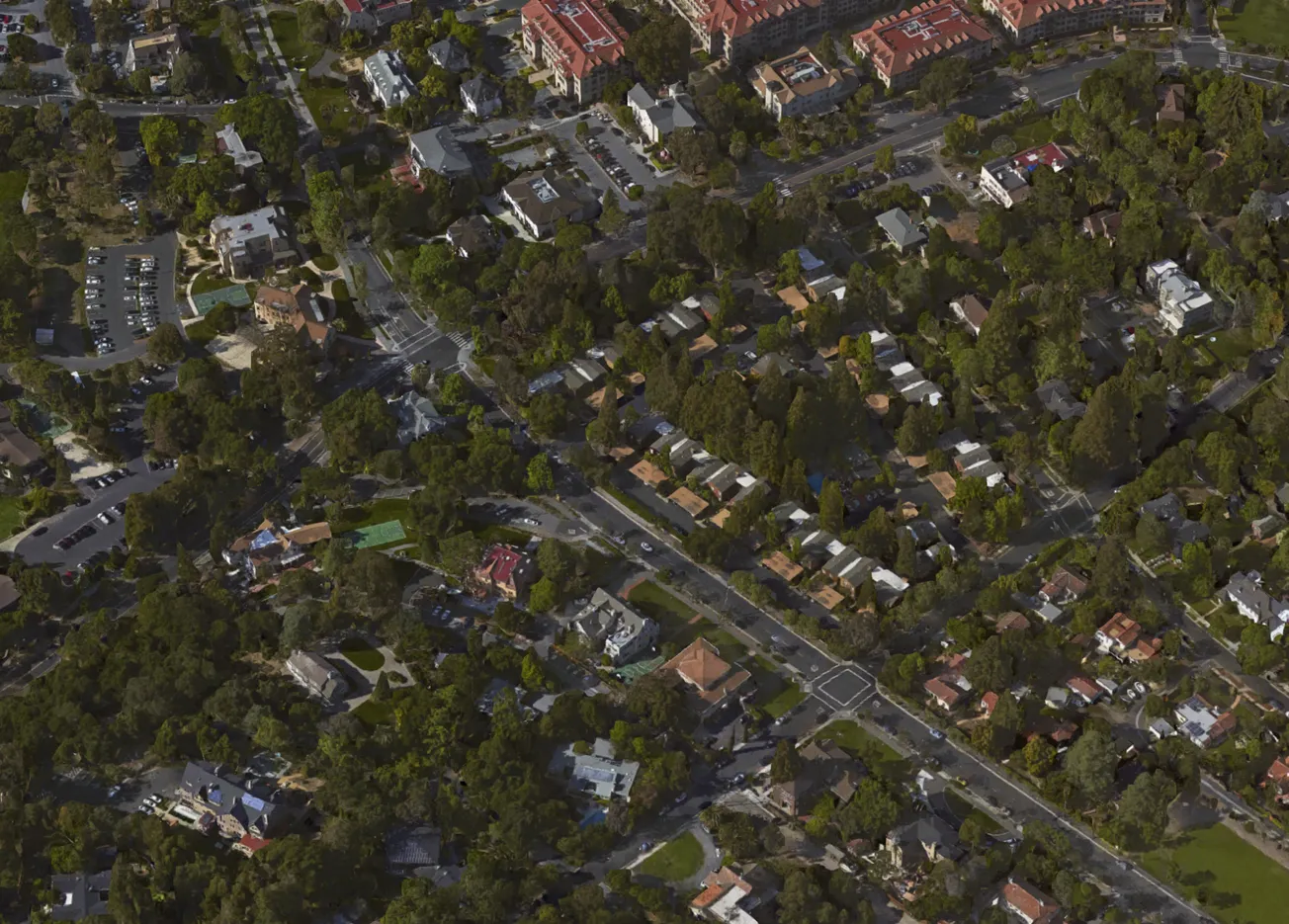Table of Contents
In the past few weeks, Stanford students have immersed themselves in the stress-inducing and friendship-taxing Draw process to determine where to live next year. The Draw is something of a black box, a phenomenally complicated system that arguably becomes increasingly intractable as one learns more about its procedures. It is time to move to something simpler, more controllable, and less random.
The present Draw process gives rising sophomores three tiers which they can use in (almost) any order during their remaining years on campus. Having selected a tier, students rank residences and receive a random Draw number assigned within tiers that determines the assigned residences. Regardless of whether students are placed in great or poor housing from their rankings, they use their original tier. If students draw as a group, everyone must use the same tier, and the group can be split if not enough space is available in the residence of choice.
The new, market-friendly Draw system I propose has the following changes:
- All rising sophomores receive 3000 housing dollars (H$3000) to use over their three years. They can be allocated however a student wishes; this would replace the current tier system. Students can either draw as individuals or pool their dollars as a group.
- Four weeks from the Draw deadline, people place initial bids on particular residences (e.g. “H$900 for a single in Roble”). Only one bid can be active (i.e. show up to others) at any time.
- Every weekend in the Draw period, the auction closes and bid amounts are publicly displayed, allowing students to adjust their bids if necessary.
- For the final week of open bidding, people can only raise their bids, not lower them. This prevents individuals from flooding a residence with overly-high bids and then dropping their bids in coordination at the very end to cheat the market.
- Once the auction ends, residences close one-by-one until people are allocated their first successful bid. (Should there be multiple people with the same bid ‘on the borderline’, a random system will decide who gets the residence.)
- People staffing, in fraternities and sororities, living off-campus, using special-requirement draws, or preassigning will skip this process, instead losing a nominal number of housing dollars (say H$750).
This proposal removes luck and optimises people’s housing choices, plausibly the most important non-academic decision students make. The present system entrenches randomness and limits choice, insofar as a draw number splinters groups and forces people into worse (or better) residences than they would like. Such a system would be unacceptable for other commodities: we would never accept a world, for example, where a consumer receives a random number of gallons of gas for a fixed price the consumer paid to Chevron. The incredible variance between the best and worst Tier 2 properties – creating unfairness when the ‘currency’ of the tier is meant to be constant in quality – clearly illustrates the issue with a rigid ranking system.
The current system also restricts students’ ability fully to act on their preferences. For example, a student may want to live somewhere incredible as a junior, at the expense of living in the worst residence on campus as a sophomore. Such an action is currently limited by the gaps between tiers, which are fixed no matter your wishes. Equally, students may want to help a friend who lived somewhere excellent as a junior but wants to live on the Row as a senior. Finally, there is a general lack of knowledge about the Draw system as a whole, which advantages people who take a large amount of time to learn its endless ins and outs. People end up in worse places because they did not internalise over-complex information that they should not be expected to know in the first place.
This system changes the present market inefficiencies in four main ways. First, it eliminates the luck that defines the current system. People can see where they will live throughout the process and adjust their bids to fit updated information. Second, this system radically expands students’ flexibility, turning three tiers into granular bids between H$1 and H$3000. People live in places they value. Students can clearly see which houses are highly-demanded and decide whether they’re willing to bid large sums for a spot; contrast this to submitting a Draw application and hoping for the best. Rooms and residences are awarded to those who want them the most, i.e. people who bid the most.
Third, people can be flexible within a single draw. For example, people can bid H$1000 for Mars, then H$500 for FloMo. That way, if they don’t get onto the Row, they don’t have to use a valuable higher tier, but rather pay the appropriate price for the residence they’ll be living in. Fourth, people drawing in groups are more empowered to support each other and decide on choices themselves. If one person is low on housing dollars, but the others really want him or her to be in their group, this proposal would allow that to happen. If groups want to stay together in large blocks, they can spend more to guarantee a desired outcome. Crucially, auction markets can adjust to changes in demand and information for housing far more effectively than under an inflexible, random tier system. People can consider their decision rationally, making sensible choices based on changing information.
The Draw will always be fraught with tension for people deciding where to live for the next year of their academic life. It is, however, needlessly random, inefficient, and overly-complicated. The Draw limits our ability to obtain clear information on the popularity of different residences. Markets work in thousands of other situations – including, ironically enough, most of the services R&DE provides – to aggregate information and make choices smoother and simpler. They can and should do the same to the Draw.





